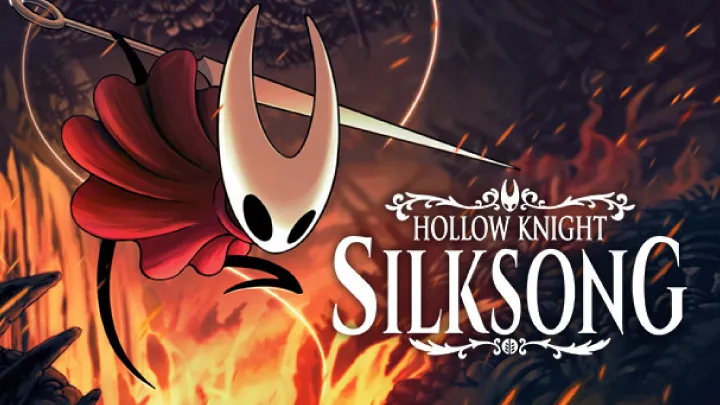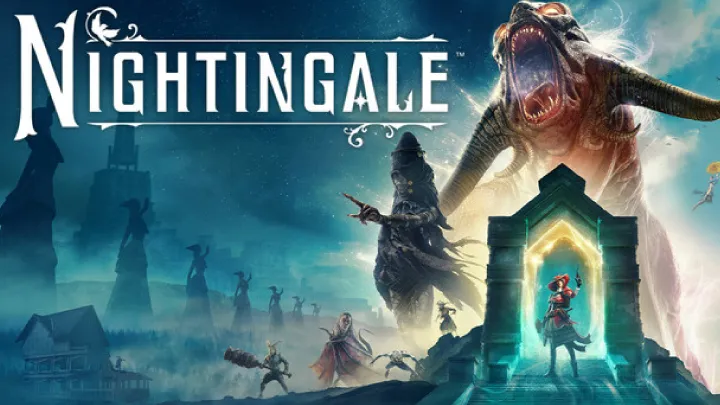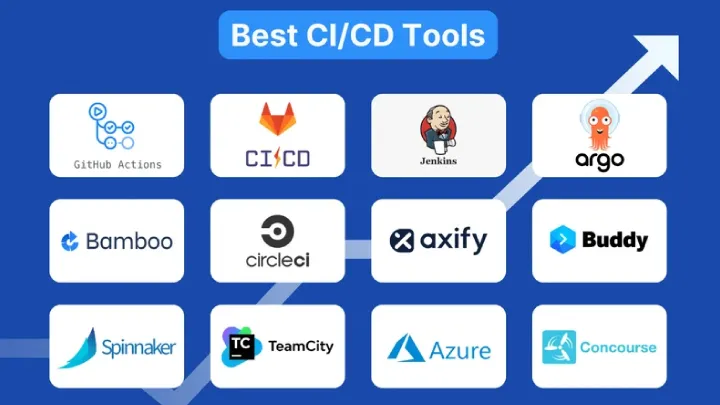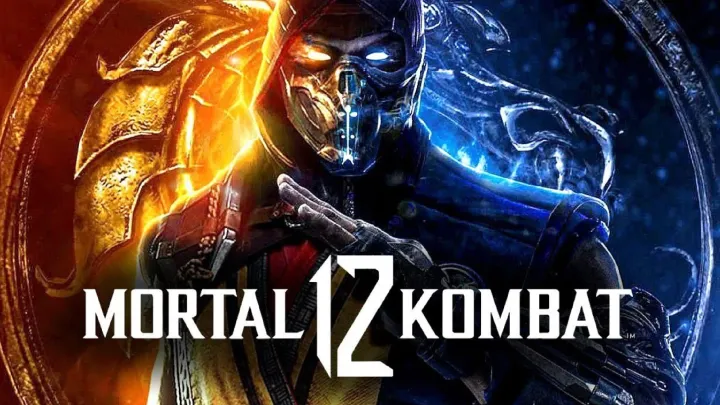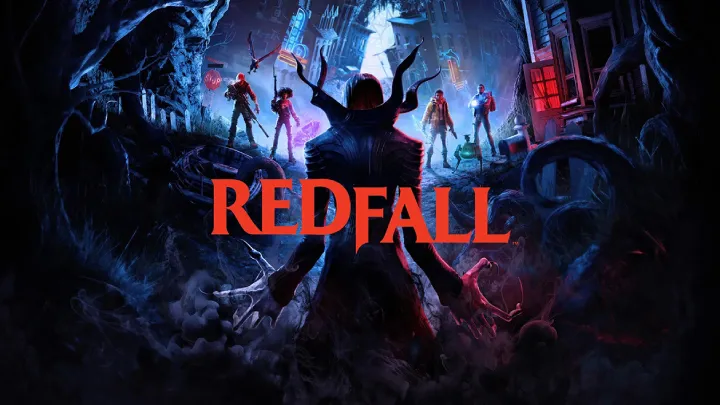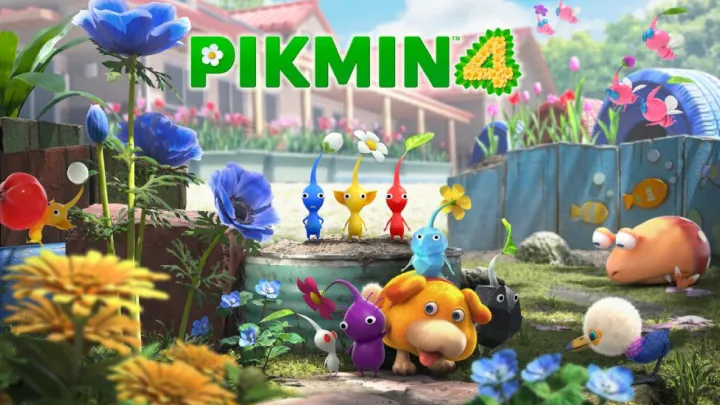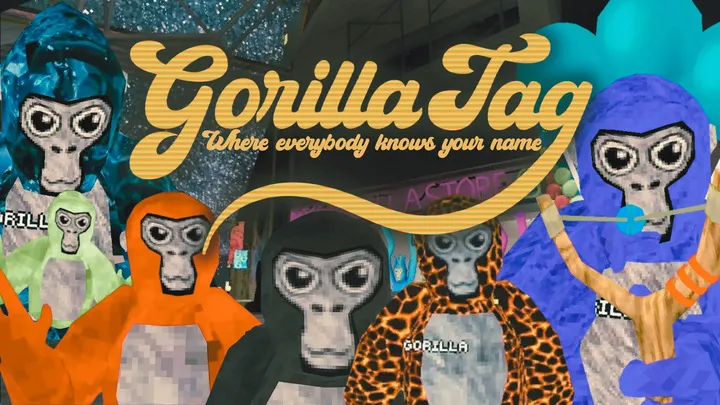Tunic is an indie action-adventure game that has captured the hearts of players since its release in March 2022. Developed by Andrew Shouldice and published by Finji, Tunic invites players into a beautifully crafted world filled with mystery, exploration, and engaging combat. The game draws inspiration from classic titles like The Legend of Zelda while introducing its unique mechanics and art style. This article delves into the development history, gameplay mechanics, story progression, character design, community engagement, and its impact on the indie gaming landscape.
Development History
Conceptualization
The idea for Tunic began in 2013 when Andrew Shouldice started developing the game as a passion project. Inspired by his love for adventure games and the desire to create a world that felt both familiar and unique, Shouldice focused on crafting a game that combined exploration, combat, and puzzle-solving.
Early Development
The development of Tunic was a labor of love, with Shouldice working on it part-time while juggling other commitments. The game’s art style, characterized by its vibrant colors and isometric perspective, began to take shape during this period. Shouldice aimed to create a world that felt alive and inviting, filled with secrets waiting to be uncovered.
Funding and Support
In 2018, Tunic garnered attention during the Game Awards, where it was showcased as part of the indie game lineup. This exposure led to increased interest from players and potential publishers. Eventually, Tunic was picked up by Finji, a publisher known for supporting indie games, providing the necessary resources to help bring the project to fruition.
Release and Reception
Tunic was officially released on March 16, 2022, for PC and Xbox platforms, with later releases for PlayStation and Nintendo Switch. The game received critical acclaim for its art style, gameplay mechanics, and atmospheric world, quickly establishing a dedicated fanbase. Players praised its blend of nostalgia and innovation, cementing Tunic's place in the indie gaming landscape.
Gameplay Mechanics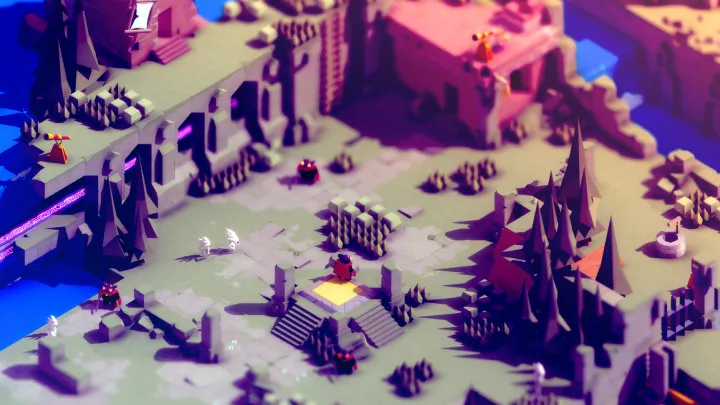
Exploration
At its core, Tunic emphasizes exploration. Players control a small fox in a vibrant, open world filled with diverse environments, including forests, mountains, and ancient ruins.
- Non-Linear Progression: The game encourages players to explore at their own pace, with many paths and secrets to discover. This non-linear approach allows for a sense of freedom and adventure, as players can choose their own routes and uncover hidden areas.
- Environmental Storytelling: The world of Tunic is rich with lore, often communicated through environmental cues and visual storytelling. Players are encouraged to piece together the history of the land, its inhabitants, and the mysterious forces at play.
Combat System
The combat mechanics in Tunic are fluid and engaging, allowing players to take on various enemies throughout the world.
- Real-Time Combat: Players engage in real-time combat, utilizing a mix of melee attacks, dodging, and special abilities. The combat system feels responsive, rewarding players for skillful play and timing.
- Variety of Weapons and Items: Throughout the game, players can discover a range of weapons and items, each with unique properties. This variety encourages experimentation and strategic thinking in combat encounters.
Puzzles and Challenges
Tunic features a variety of puzzles that challenge players’ problem-solving skills.
- Environmental Puzzles: Many puzzles are integrated into the environment, requiring players to interact with objects, manipulate the landscape, or decipher clues hidden in the world.
- Item-Based Puzzles: Players can collect items that unlock new areas or provide solutions to challenges. The game encourages players to think creatively and use their inventory strategically.
Language and Lore
One of the unique aspects of Tunic is its use of a fictional language. Throughout the game, players encounter text written in a script that is not immediately understandable.
- Decoding the Language: Players gradually learn to decipher the language as they progress, uncovering lore and hints that enhance their understanding of the game's world. This mechanic adds an additional layer of immersion and encourages exploration.
- Collectibles and Manuscripts: Players can find collectible items, including manuals and lore books that provide insights into the game's story and mechanics. These collectibles often contain useful tips and hints, enriching the overall experience.
Visual and Auditory Design
Art Style
Tunic’s art style is one of its most striking features. The game employs a vibrant, low-poly aesthetic that captures the essence of classic adventure games while feeling fresh and modern.
- Color Palette: The use of bright colors and whimsical designs creates a charming atmosphere, inviting players to explore the world. The environments are beautifully crafted, with attention to detail that enhances immersion.
- Character Design: The protagonist, a small fox, is designed with a cute and endearing appearance. The character’s animations are fluid, adding personality and charm to the gameplay.
Sound Design
Sound design plays a vital role in creating the atmosphere of Tunic.
- Ambient Soundscapes: The game features a rich soundscape that immerses players in the world. From the rustling of leaves to the distant sounds of creatures, the audio design enhances the sense of exploration and wonder.
- Musical Score: Tunic’s soundtrack complements the gameplay, with a mix of serene melodies and more intense themes during combat and exploration. The music adds emotional depth to the game, enhancing key moments and experiences.
Story Progression
Narrative Overview
Tunic’s narrative is somewhat ambiguous, inviting players to piece together the story as they explore the world. The game revolves around the journey of a small fox who awakens in a mysterious land filled with ancient ruins and powerful beings.
- Themes of Discovery and Adventure: The core theme of the game revolves around exploration and the pursuit of knowledge. Players gradually uncover the history of the land, its inhabitants, and the significance of the protagonist’s journey.
- Symbolism and Interpretation: The narrative is rich with symbolism, encouraging players to interpret the story in their own way. This open-ended approach adds depth to the experience, allowing for personal connections to the game’s themes.
Key Story Beats
Throughout the game, players encounter various characters, environments, and challenges that drive the narrative forward.
- Ancient Guardians: Players come across ancient guardians that protect the land and its secrets. Interactions with these beings often provide insights into the lore and history of the world.
- The Quest for Knowledge: The protagonist’s journey is driven by a quest for knowledge, leading to encounters with powerful entities and revelations about the nature of the world. This quest culminates in a deeper understanding of the land and its mysteries.
Character Design
Protagonist: The Fox
The main character, a small fox, is endearing and relatable, embodying the spirit of adventure.
- Character Development: As players progress through the game, they witness the growth of the protagonist, both in terms of skills and understanding of the world. The character’s journey is one of discovery and empowerment.
- Visual Design: The fox is designed with a charming aesthetic, featuring expressive animations that convey emotions and reactions during gameplay. This design choice enhances player attachment to the character.
Supporting Characters
Throughout the game, players encounter various supporting characters that enrich the narrative.
- Ancient Beings and Guardians: The guardians and other entities encountered throughout the game serve as both allies and obstacles. Their designs and lore contribute to the depth of the world and its history.
- Environmental Characters: Various creatures and spirits inhabit the world, each with unique designs and roles in the ecosystem. These characters help create a living, breathing world that feels vibrant and dynamic.
Community Engagement
Building a Player Community
Tunic has fostered an active and passionate community since its release. The game’s unique mechanics and engaging narrative have sparked discussions among players.
- Online Forums and Discussions: Players share tips, strategies, and theories about the game on various online platforms. These discussions enhance the overall experience, as players collaborate to uncover secrets and share discoveries.
- Fan Art and Content Creation: The charming design and characters of Tunic have inspired numerous fan creations, including artwork, animations, and videos. This creative engagement helps build a sense of community around the game.
Developer Interaction
Andrew Shouldice and the development team have maintained an open line of communication with the community.
- Feedback and Updates: The developers have actively sought feedback from players, using it to improve the game and address concerns. This approach fosters a sense of trust and collaboration between the developers and the player base.
- Community Events: The team has organized events and challenges to encourage player engagement and creativity, further strengthening the community.
Challenges and Critiques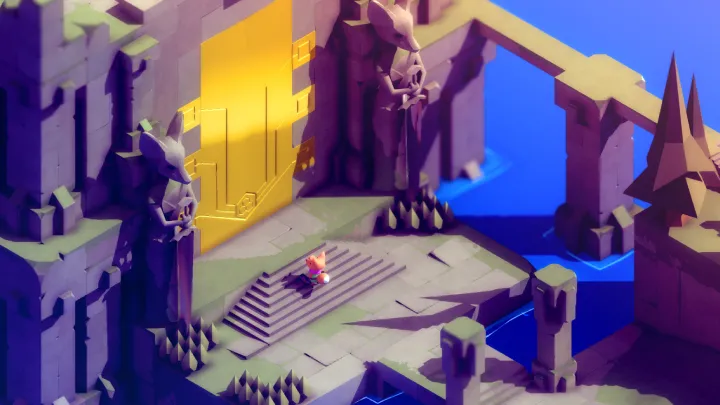
Balancing Difficulty
While Tunic has received widespread acclaim, some players have noted challenges regarding difficulty levels.
- Puzzles and Exploration: The game’s puzzles can be complex, leading to frustration for some players. Strikerz Inc. has acknowledged this feedback and continues to refine the balance between challenge and accessibility.
- Combat Mechanics: Some players have expressed a desire for more depth in the combat mechanics. While the combat is engaging, further enhancements could broaden the range of strategies available to players.
Technical Issues
As with any indie game, Tunic encountered some technical challenges upon release.
- Performance Optimization: Players reported occasional performance issues, particularly on lower-end hardware. The developers have been proactive in addressing these concerns through patches and updates.
- Bug Fixes: Some players encountered bugs that affected gameplay. The development team has worked diligently to resolve these issues and improve the overall experience.
Future Developments
Expanding the Game World
Looking ahead, there are exciting possibilities for Tunic’s future.
- DLC and Expansions: The developers have hinted at potential downloadable content (DLC) that could expand the game world, introducing new areas, challenges, and lore. This would provide players with more opportunities for exploration and discovery.
- Community-Driven Content: The developers may explore ways to incorporate community-created content, allowing players to contribute to the game’s ever-expanding universe.
Continued Community Engagement
Maintaining a strong connection with the player community will remain a priority for the development team.
- Player Feedback: The team will continue to seek feedback from players to refine gameplay mechanics and address any concerns. This ongoing dialogue fosters a collaborative environment that benefits everyone.
- Community Events: Strikerz Inc. plans to host more community events, encouraging players to engage with the game and each other while celebrating their shared love for Tunic.
Conclusion
Tunic stands as a remarkable achievement in the indie gaming landscape, offering players a unique blend of exploration, combat, and storytelling. With its captivating art style, engaging gameplay mechanics, and rich lore, Tunic provides an experience that resonates with both nostalgic gamers and newcomers alike. As the game continues to evolve and grow, it promises to keep players engaged and immersed in its enchanting world. Whether you’re a fan of adventure games or simply seeking a delightful experience, Tunic is a journey worth embarking on.








